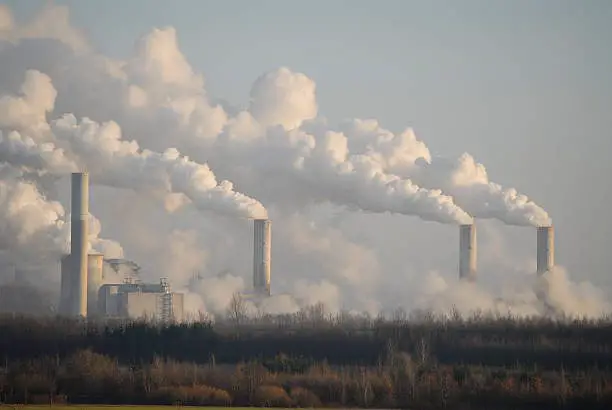
It’s been only a week or so since President Trump denounced his administration’s own Climate Change report, with an aggressively dismissive shrug. WhenThe Fourth National Climate Assessment came out, it caused quite the stir, with data to concern even the most stringent deniers. Essentially, if we as a country and a planet don’t make drastic changes and massive programs, we won’t be able to turn the tide of global warming.
But, if our President gives off a “whatevs,” why worry, right?
Despite such authoritative misgivings, climate change is real, is here, and is coming faster. For a city like New Orleans and a community like the Southeast region of Louisiana, this is a most urgent issue. We live at or below sea level, awfully close to large bodies of water, and depend on said water for economic necessity. A rise in temperature, or a rise in sea level, can and will further complicate our ever eroding coast and fragile ecosystem, not to mention jobs and livelihoods.
With your permission, we at Big Easy Magazine would like to highlight a few relevant and seriously important sections of the report listed above:
National Topics: Coastal Effects
In bold font, the top of the page states that “Coastal economies and property are already at risk.” Indeed, we didn’t really need an official document to tell us this. We’ve seen heavier and heavier storm damage the last few years, and will likely see more to come. What we do need to be told is that there is a concern of whole communities suffering major losses in the latter half of this century.
At least 42% of the American population lives by the coast. Multiple disaster scenarios listed suggest that adaptation to recovery – including complete retreat – is dependent on many factors, including some hindered already by the current effects of climate change. Not to get too wound up, but this is a doom and gloom portion, saying that emergency plans in place and future ones may not be able to accommodate everyone, either in direct rescue or financial assistance.
However, cities like Norfolk, Virginia are developing long-term plans to develop and re-develop their area to match the new dangers of flooding, from bottom to top. This may be where New Orleans will have to take the ball and run, by following the lead of other communities and engineering.
Regions: Southeast
In Chapter 19, a focus on health and seasonal effects are put up, showing how the Southeast portion of the country may be changed or forced to face. For example, different and newer areas will confront longer periods of being freeze free and sustaining significant rainfall, messing up farming schedules and impacting other elements, like travel, transportation, labor, etc.
There’s a shift soon enough, stating that disease can spread with the changing weather and temperatures, and how metro areas may or may not be equipped to handle such events. Warmer nights, air quality, wildfires, allergens, etc. For families with sensitive children or adults, this will be a major problem.
In the end, a quick mention of our overburdened health infrastructure is listed, leaving a feeling of absolute dread and a willingness to get active.
Responses: Reducing Risk
Across multiple sectors, from the public to private, efforts are being made to develop adaptation plans. They may not be commonplace, but they have increased. Competition for grants and innovation in different scientific fields have led to organizations stepping up and trying to solve how to adapt and live with a new environment.
From constructing barriers before flooding to new approaches towards energy, we are on the case, despite the belief that we are all being outpaced by the change. Sometimes, things like projected increases in insurance rates will lead to early strategizing and planning on how to combat such a blow to our wallets and our economy. By default, by necessity, by sheer will, we’re making good waves.
Ultimately, there is high confidence in our ability to implement and maintain these updates and to live another day, and well. It is quite an extensive report, and we recommend everyone give it a read, even if in increments.
This is our future.
Bill Arceneaux is the lead content writer for Big Easy Magazine. In addition to this, he has been an independent writer and film critic in the New Orleans area since 2011, working with outlets like Film Threat, DIG Baton Rouge, Crosstown Conversations, and Occupy. He is a member of the Southeastern Film Critics Association and is Rotten Tomatoes approved. Be sure to check out his film reviews and other articles here.









